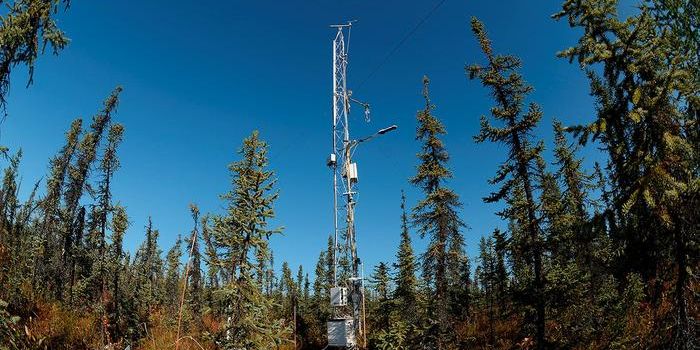More precise climate forecasts could save millions of dollars
A novel approach to predicting global climate forecasts has been described in the journals Earth System Science Data and Scientific Reports. The approach uses multilayered statistical models to look at seasonal forecasts of drought and rainfall on a regional level; it also considers the economic advantages of more accurate climate predictions.
Understanding the economic impacts of climate change from crop losses due to drought or infrastructure damage due to floods, for example, is key to preparing for our evermore volatile future. "If we are able to predict rainfall amounts and temperatures more accurately for the weeks and months to come, local decision-makers can, e.g., more proactively plan and manage reservoirs or seed selection for the planting season. In this way, they can reduce damage and losses," explains Professor Harald Kunstmann from the Institute of Meteorology and Climate Research-Atmospheric Environmental Research (IMK-IFU), at the Karlsruhe Institute of Technology.
The statistical methods that Kunstmann and his team developed provide extremely precise forecasts – a precision in terms of season and locality not yet seen before. To develop the approach, they worked within the framework of the international project "Seasonal Water Resource Management in Arid Regions" (SaWaM).
The team says regional model forecasts that provide predictions over weeks or months are just not precise enough for our current needs. "For high-resolution seasonal forecasts, however, these models in their basic form are actually not suitable at all," comments Dr. Christof Lorenz from KIT. "Thanks to the statistical correction and regionalization procedures we developed, we can now derive seasonal forecasts that are many times more accurate." Their method demonstrated it is capable of predicting forecasts of abnormal heat and drought up to seven months in advance with extreme precision.
The team intends for their method to be used in the most practical sense: "In particular, by providing early warning of wet or dry periods with an above-average extent, the improved forecast allows to initiate local measures to minimize damage in due time," explains Tanja Portele, who participated on the development of the method.
These improvements in forecasting will have significant economic benefits, says the team, especially for semi-arid regions. "We've shown that seasonal drought forecasts, when used in practice, can save up to 70 percent of the costs, which would have been theoretically possible with a computationally determined best practice."
Sources: Earth System Science Data, Scientific Reports, Science Daily








